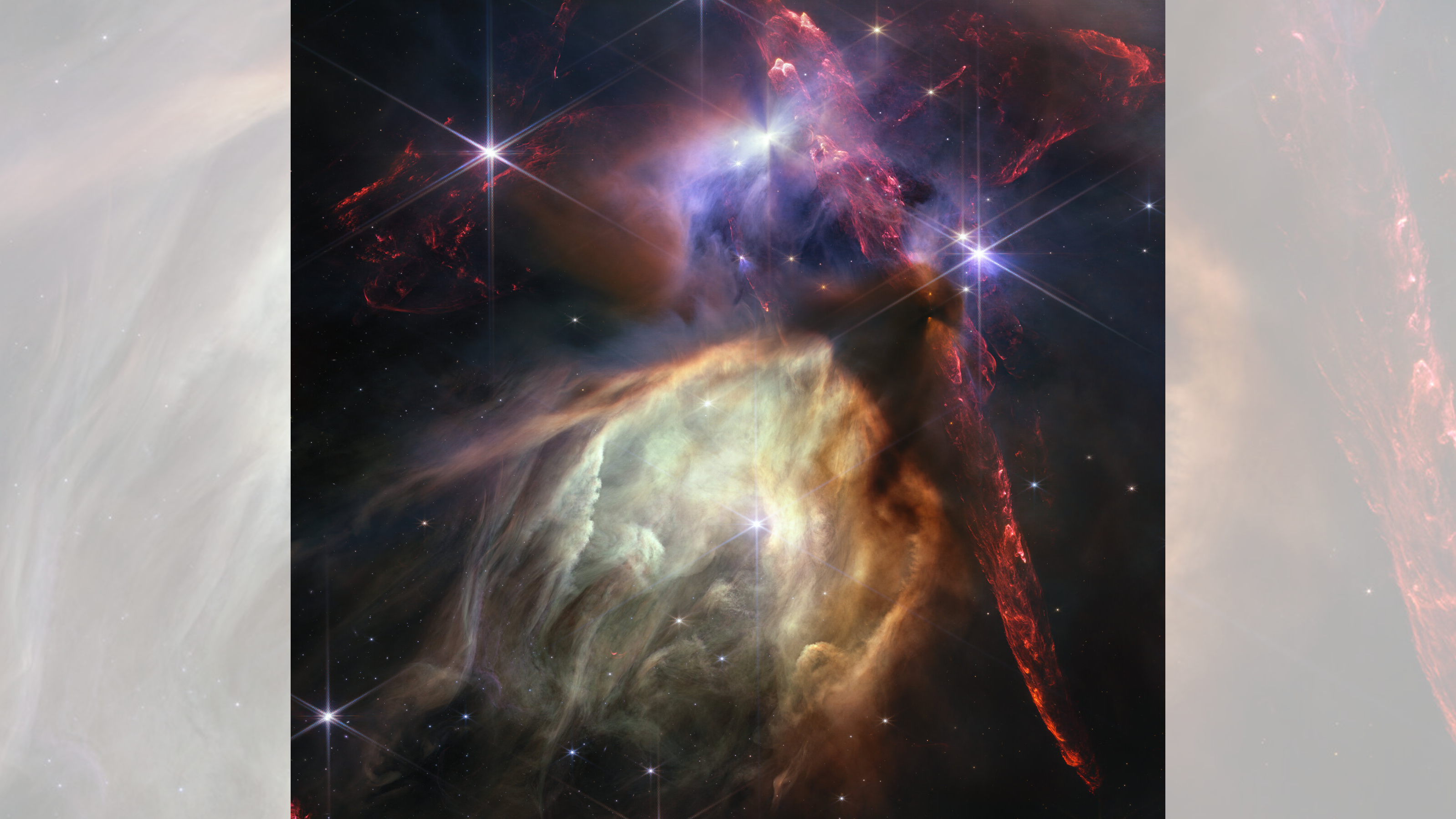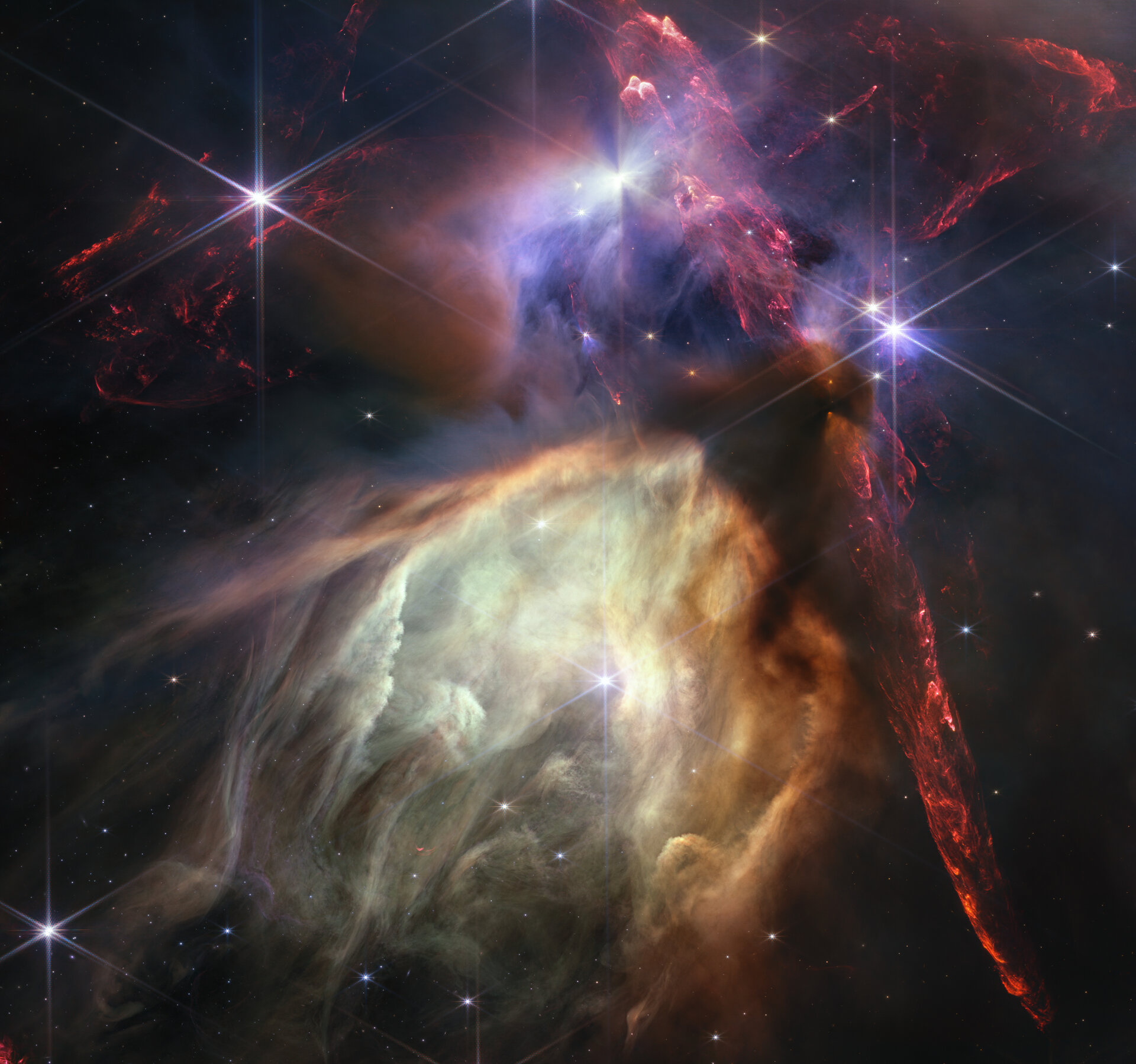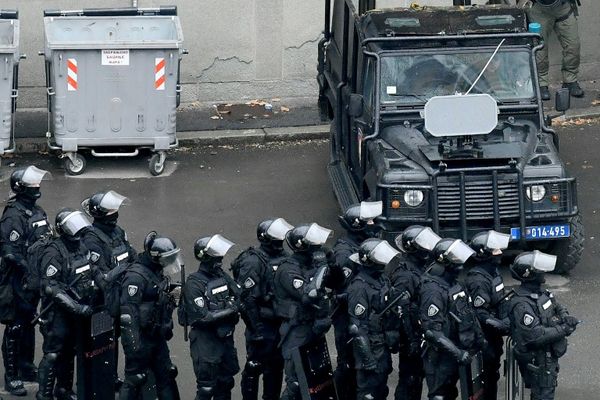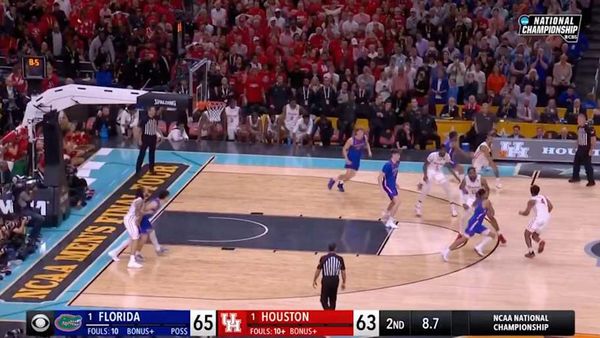
One year after kicking off operations, the James Webb Space Telescope (JWST) has already revolutionized our view of the universe. And to celebrate JWST's first birthday, scientists have released one of the telescope's most gorgeous images yet.
The new picture is a close-up of Rho Ophiuchi, a star-forming region roughly 390 light-years away in the constellation Ophiuchus. This dense cloud complex consists of two major regions thick with dust and gas, each of which acts as a star factory.
In the image, JWST captured about 50 young stars shortly after their birth. Each is similar in size to the sun, and a few have the telltale shadows of protoplanetary disks that will one day condense into rocky planets.
Related: 25 jaw-dropping James Webb Space Telescope images

JWST is equipped with four main instruments: the Near-Infrared Camera (NIRCam), the Near-Infrared Spectrograph (NIRSpec), the Mid-Infrared Instrument (MIRI), and the Fine Guidance Sensor/Near Infrared Imager and Slitless Spectrograph (FGS/NIRISS). These powerful instruments enable the telescope to peer deep into outer space and pick up the traces of light left over from the universe's first stars. They've also allowed JWST to analyze the atmospheric composition of faraway exoplanets, detect the oldest organic molecules and even piece together the structure of the cosmic web that connects galaxies.
"With a year of science under our belts, we know exactly how powerful this telescope is, and have delivered a year of spectacular data and discoveries," Jane Rigby, Webb senior project scientist at NASA's Goddard Space Flight Center, said in a statement.
But even with all the data it's collected in the past year, JWST is far from finished. The mission is scheduled to run for at least another decade, and scientists are eagerly planning the telescope's next moves. "We've selected an ambitious set of observations for year two," Rigby said. "Webb's science mission is just getting started."







